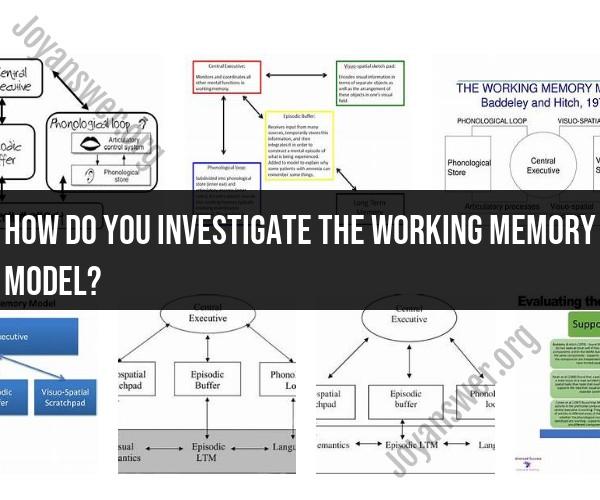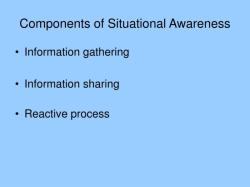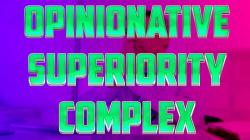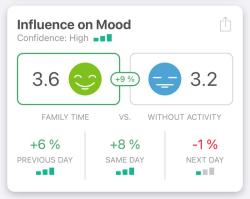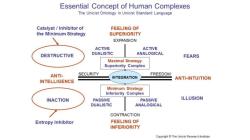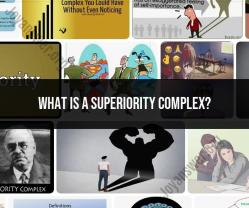How do you investigate the working memory model?
The working memory model is a central concept in cognitive psychology that explains how we temporarily store and manipulate information needed for various cognitive tasks. Proposed by Baddeley and Hitch in 1974, the model revolutionized the understanding of short-term memory processes. Here's an overview of the working memory model and its key components:
Components of the Working Memory Model:
Central Executive: The central executive is like the "manager" of working memory. It controls attention, coordinates the flow of information, and allocates cognitive resources to different tasks. It's responsible for making decisions, switching between tasks, and controlling attention.
Phonological Loop: The phonological loop is responsible for processing and temporarily holding auditory and verbal information. It consists of two parts:
- Phonological Store (Inner Ear): This component holds auditory information for a short duration.
- Articulatory Control Process (Inner Voice): This component rehearses and maintains verbal information through subvocal repetition, preventing decay.
Visuospatial Sketchpad: The visuospatial sketchpad handles visual and spatial information. It allows us to mentally visualize objects, manipulate spatial relationships, and remember visual details.
Episodic Buffer: The episodic buffer is a more recent addition to the model, introduced to explain the integration of information from different sources, such as visual, auditory, and spatial. It acts as a temporary storage system that links information across different modalities and maintains a sense of temporal order.
Insights and Implications:
Cognitive Control: The central executive's role in controlling attention and managing cognitive resources is crucial for tasks that require multitasking, decision-making, and problem-solving.
Memory Encoding and Retrieval: The phonological loop and visuospatial sketchpad are responsible for encoding and temporarily holding information, allowing for tasks like mental arithmetic and remembering visual details.
Dual Task Performance: The working memory model explains the limitations of performing multiple tasks simultaneously. When tasks require the same component (e.g., verbal tasks), performance can suffer due to competition for cognitive resources.
Learning and Education: Understanding the working memory model can influence teaching strategies. Teachers can help students manage cognitive load, optimize learning by utilizing the model's components, and address potential attentional deficits.
Cognitive Impairments: The model helps explain the challenges faced by individuals with working memory deficits, such as those with attention-deficit/hyperactivity disorder (ADHD) or traumatic brain injuries.
Individual Differences: The working memory model provides insights into why individuals may excel in certain tasks (e.g., auditory learners) while struggling in others.
Developmental Changes: The model's components develop gradually over childhood, contributing to changes in cognitive abilities and learning strategies.
Understanding the working memory model enhances our comprehension of cognitive processes, learning, and memory. It has implications across various fields, from education and psychology to neuroscience and cognitive rehabilitation.
